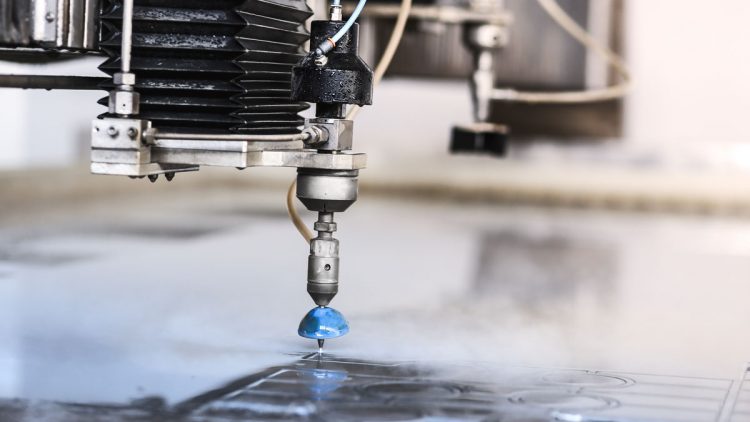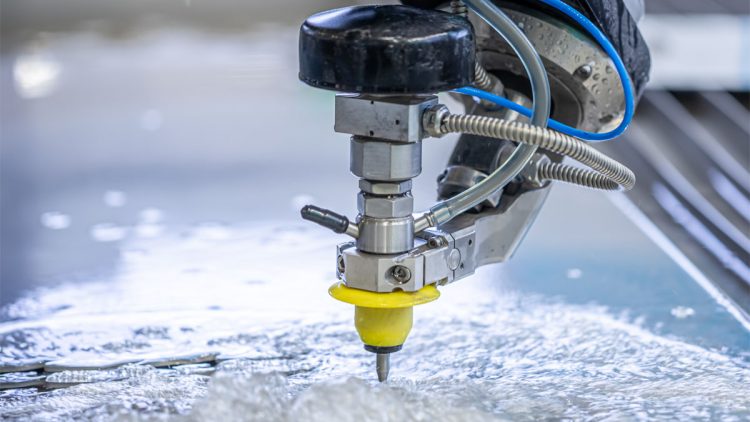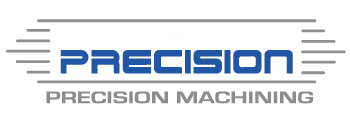


What Material Can A Waterjet Cut?
Waterjet cutting is arguably the most versatile cutting method across the globe. Waterjets can cut just about any material, and they cut very precisely. The waterjet cutting stream is minute enough to cut elaborate parts, yet powerful enough for cutting materials over a foot in thickness, and delicate enough to cut through glass. In their aspects of strength, waterjets are more budget friendly than other cutting techniques. Lastly, waterjets are eco-friendly—they cut without the use of lubricants or gases, and additionally they don’t generate smoke. Waterjets can cut just about anything and they do it using accelerated erosion. The material that is getting cut establishes which of 2 kinds of waterjet cutting is going to be utilized—abrasive waterjet cutting or pure waterjet cutting. The former kind of cutting is utilized in all solid materials, whereas pure waterjet cutting is for softer materials. Abrasive waterjets can without difficulty be changed into pure waterjets in a couple of minutes by exchanging out different cutting heads.
Materials That Abrasive Waterjets Can Cut
Abrasive waterjets cut with an accelerated stream of water blended with particulates of an abrasive, typically garnet. The width of the cut, or kerf, is usually 0.030” to 0.050” (0.75mm to 1.25mm). Abrasive waterjets can cut just about any solid materials, like:
- Metals—all kinds and solidity
- Natural materials— ceramic, stone, glass, wood
- Mand made materials— hard rubbers, carbon fiber, fiberglass, composites, plastics
- Laminates—bi-metals, stacked layers of material
Waterjet cutting speed is conversely associated with material hardness. Generally, the more solid a material is, the slower a waterjet is going to cut it. To begin a cut, a waterjet typically punctures a hole in the material. When cutting embrittled materials such as stone or glass, the puncture is carried out at a lower pressure to avoid fracturing the material.
Materials That Pure Waterjets Can Cut
Pure waterjets are utilized for cutting materials that are soft enough to be cut using a knife. This kind of waterjets cut with a minute, high-speed jet of water only—no abrasives. The width of the cut is typically 0.010” to 0.020” (0.25mm to 0.5mm). Pure waterjets are able to cut softer materials like:
- Foams, soft rubber, some polymers
- Textiles, leather, carpet
- Paper goods
- Foods— candy bars, vegetables, meat, etc.
This kind of waterjet cutting is quick, it uses decreased water and power, and it contains no abrasive. Anytime pure waterjet cutting is appropriate, it is favored over abrasive waterjet cutting.
Materials That Waterjets Cannot Cut
This list is short. Tempered glass cannot be cut due to its internal tension. It shatters itself as a cut goes over its tension zones. To cut successfully, waterjets are required to use abrasives that are harder than the material that is going to be cut. Consequently, harder ceramics can only be cut with special abrasives like aluminum oxide and silicon carbide. Diamonds cannot be cut successfully with waterjets since there simply is no abrasive that is harder than diamonds.
Thickness Range of Waterjet Cutting
Waterjets can cut an exceedingly wide range of thicknesses. There is no limitation on the maximum thickness that could be cut in hard, uniform materials such as metals. Waterjets are one of the few techniques that can cut metals over twelve inches in thickness. Nevertheless, waterjets are more restricted when cutting thick, uneven materials such as stone since the differences in density causes the water stream to undulate. Waterjets are also excellent at cutting thinner materials since multiple sheets can be stacked without forfeiting quality. For instance, a stack of one-hundred sheets of 0.127 millimeters thick spacer stock cuts at precisely the same speed as one, half inch thick plate.
East Valley Precision – Custom Machinery Specialists
East Valley Precision offers custom waterjet cutting in the Chandler, Arizona and surrounding areas. When you need precision CNC machining and milling contact East Valley Precision. Call us at 480-288-6601 for more information or use our form for a quote.
